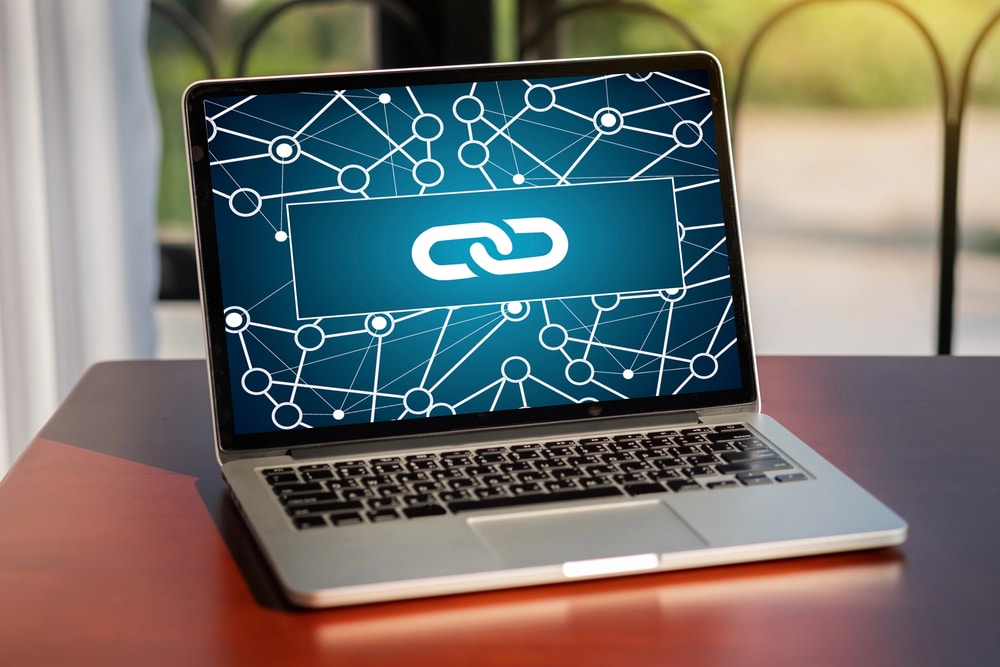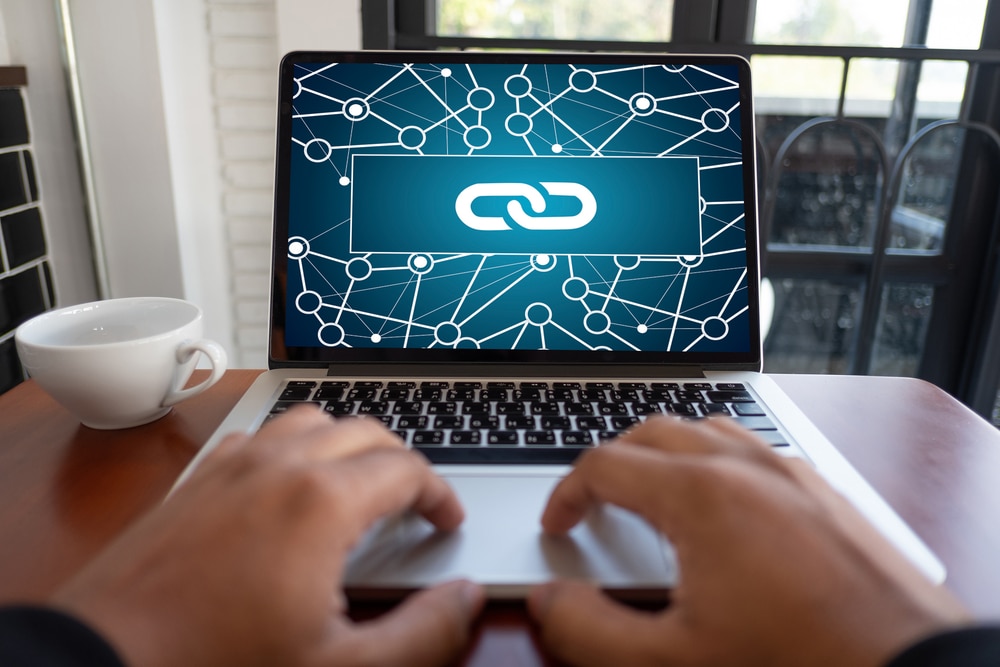 Table of Contents
Table of Contents
- What Are Broken Links?
- How Broken Links Impact SEO
- How Broken Links Affect User Experience and Brand Reputation
- Steps to Fix Broken Links
- Why Fixing Broken Links Builds Trust
Broken links are one of the most overlooked issues that can hurt both user experience and your website’s SEO performance. While they seem like a minor issue, broken links can cause serious problems for your site’s visibility and reputation.
These dead-end links frustrate users, damage your site’s credibility, and reduce your ranking potential on search engines. Fortunately, fixing broken links is a simple and quick fix that can restore your site’s performance, improve SEO, and provide a better experience for visitors.
At Texas Web Design, we specialize in identifying and fixing broken links. Contact us today to ensure your site is performing at its best.
What Are Broken Links?
A broken link occurs when a URL points to a page that no longer exists or is unreachable. These links result in error messages such as “404 Page Not Found” or “502 Bad Gateway.”
Broken links can be caused by deleted pages, changed URLs, or mistyped links. These links can either be internal, linking to other pages on the same website, or external, linking to pages on other websites.
Broken links can negatively affect both the user experience and SEO. Visitors are left frustrated when they encounter error pages, and search engines view these dead links as a sign of poor website maintenance.
This damages your site’s authority and credibility, leading to reduced rankings. Fixing broken links is essential for both a positive user experience and a healthy SEO strategy.
How Broken Links Impact SEO
Broken links aren’t just an inconvenience for visitors—they also have a direct impact on your website’s SEO.
Here’s how broken links hurt your SEO efforts:
-
Impact on Search Engine Rankings
When search engines crawl your website and come across broken links, they view this as a sign of poor website maintenance, which can hurt your rankings. Additionally, broken links disrupt the flow of link equity from pages with high authority, making it more difficult to rank for target keywords. This negatively affects your website’s ranking potential on search engines.
-
Waste of Crawl Budget
Search engines allocate a “crawl budget” to each website. This budget determines the amount of time and resources a search engine bot will spend crawling your pages.
Broken links waste this crawl budget by making the bots attempt to access non-existent pages, preventing them from indexing valuable content. As a result, important pages may not be indexed promptly, which can delay your site’s visibility on search engines.
-
Damage to Backlink Profiles
Backlinks are one of the most important ranking factors for SEO. They help build your domain authority and improve search rankings.
When backlinks point to broken pages, they lose their value, negatively impacting your backlink profile and domain authority. Over time, this can lead to lower rankings and reduced organic traffic. Regular audits are necessary to ensure your backlinks point to live pages and to avoid losing link equity.
-
Impact on Domain Authority
Broken links damage your site’s domain authority, which is a crucial metric for search engine rankings. Websites with poor link management—especially those with many broken links—are seen as less reliable by search engines.
Maintaining functional links signals to search engines that your site is well-maintained, trustworthy, and professional, which boosts your site’s domain authority.
How Broken Links Affect User Experience and Brand Reputation
Broken links have a direct impact on your users’ experience and can damage your brand reputation.
Here’s how:
-
Navigation Barriers
Broken links prevent users from accessing important content or completing essential actions, such as making purchases, signing up for services, or simply reading relevant articles.
These barriers lead to frustration and abandonment, with users often seeking out competing sites. A seamless navigation experience is essential for keeping visitors engaged and converting them into loyal customers.
-
Loss of Trust and Credibility
When visitors repeatedly encounter broken links on your site, they may begin to view your website as outdated or unreliable. This undermines trust in your brand, which is especially critical in industries where credibility is paramount, such as finance, healthcare, or legal services.
A site with working links shows professionalism and attention to detail, maintaining a positive brand image.
-
Increased Bounce Rates
Websites with many broken links often experience higher bounce rates. Visitors quickly leave a site that presents error pages, leading to a negative signal for search engines. High bounce rates signal user dissatisfaction, which can result in lower rankings.
Fixing broken links can help reduce bounce rates, keep users engaged, and improve your site’s SEO performance.
Steps to Fix Broken Links
Fixing broken links is essential for maintaining a healthy website and optimizing its SEO.
Here are the steps you can take to identify and fix broken links:
-
Update or Remove Links
Use tools like Screaming Frog, Ahrefs, or Google Search Console to identify broken links on your website. Replace outdated links with updated URLs, or remove the links altogether if they no longer serve a purpose.
Be sure to replace links with the most relevant and updated content. Keeping your links functional helps maintain trust and supports your SEO efforts.
-
Implement 301 Redirects
When a page has been moved or deleted, set up a 301 redirect to guide both users and search engine bots to the new or relevant page. A 301 redirect preserves SEO value by passing link equity from the old URL to the new one.
If you’re using WordPress, plugins like Redirection make it easy to manage 301 redirects.
-
Create Custom 404 Pages
A custom 404 error page helps users who encounter broken links find relevant content quickly. Instead of showing a generic error message, design a custom page that includes helpful links, a search bar, or suggestions for related content.
This helps reduce bounce rates and improves the user experience by guiding visitors to the content they need.
-
Fix Backlinks
Reach out to webmasters or website owners who link to broken pages on your site. Ask them to update their links to point to the correct pages.
If the backlink is irrelevant or of low quality, consider using Google’s Disavow Tool to prevent it from negatively affecting your SEO. Regularly audit your backlinks to ensure they are valuable and functional.
Why Fixing Broken Links Builds Trust
In conclusion, broken links are more than just an SEO issue; they directly impact user experience and can harm your brand reputation. By addressing broken links promptly, you can improve your site’s credibility, boost SEO, and keep users engaged.
Regular audits, redirects, and custom 404 pages are key to maintaining a high-quality, user-friendly website. At Texas Web Design, we specialize in identifying and fixing broken links to keep your site healthy and SEO-optimized.
Don’t wait—call us today to make sure your website is in top shape and free from broken link issues. Your users and search engines will thank you!


 Table of Contents
Table of Contents When search engines crawl your website and come across broken links, they view this as a sign of poor website maintenance, which can hurt your rankings. Additionally, broken links disrupt the flow of link equity from pages with high authority, making it more difficult to rank for target keywords. This negatively affects your website’s ranking potential on search engines.
When search engines crawl your website and come across broken links, they view this as a sign of poor website maintenance, which can hurt your rankings. Additionally, broken links disrupt the flow of link equity from pages with high authority, making it more difficult to rank for target keywords. This negatively affects your website’s ranking potential on search engines. Use tools like Screaming Frog, Ahrefs, or Google Search Console to identify broken links on your website. Replace outdated links with updated URLs, or remove the links altogether if they no longer serve a purpose.
Use tools like Screaming Frog, Ahrefs, or Google Search Console to identify broken links on your website. Replace outdated links with updated URLs, or remove the links altogether if they no longer serve a purpose.